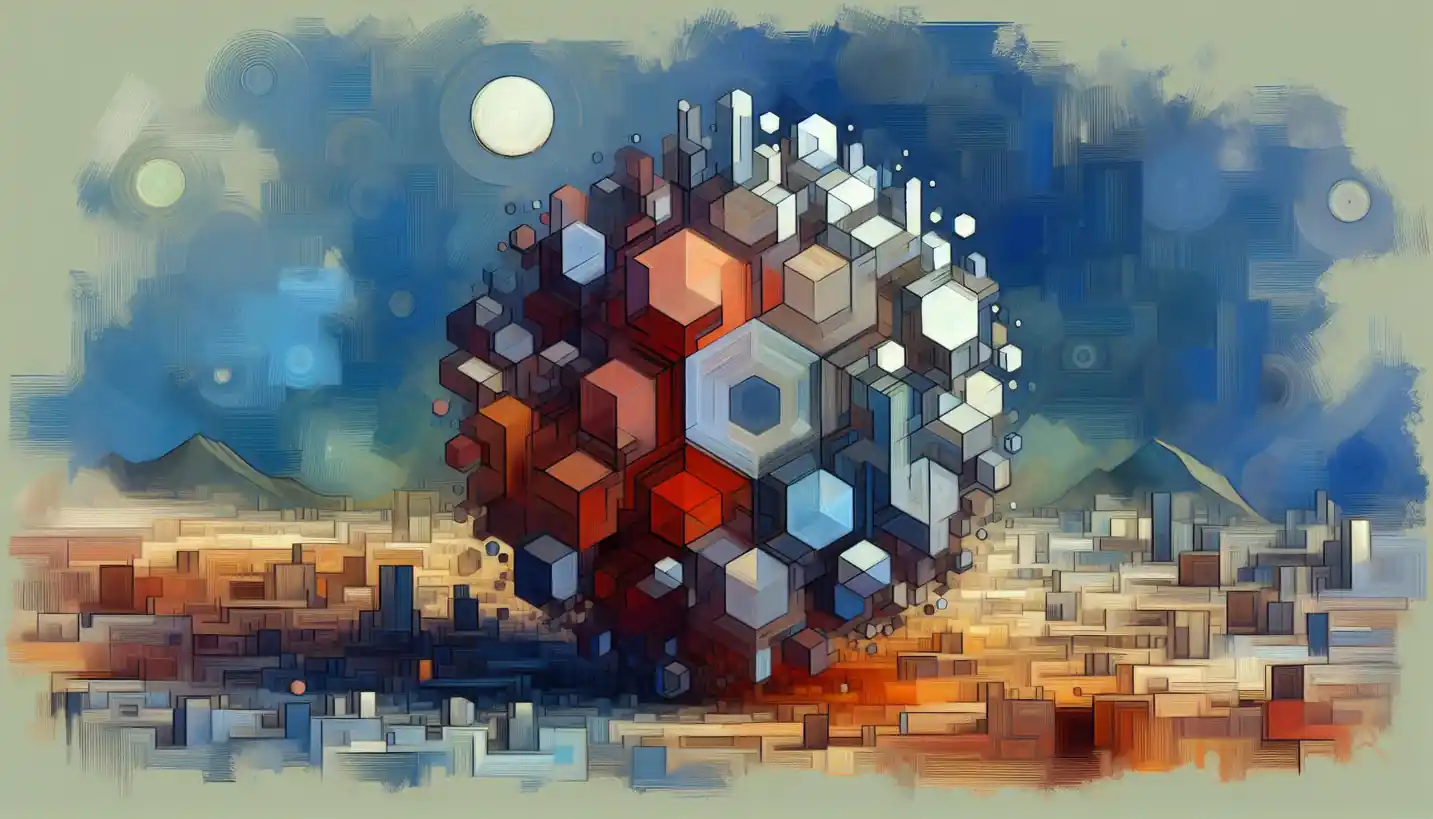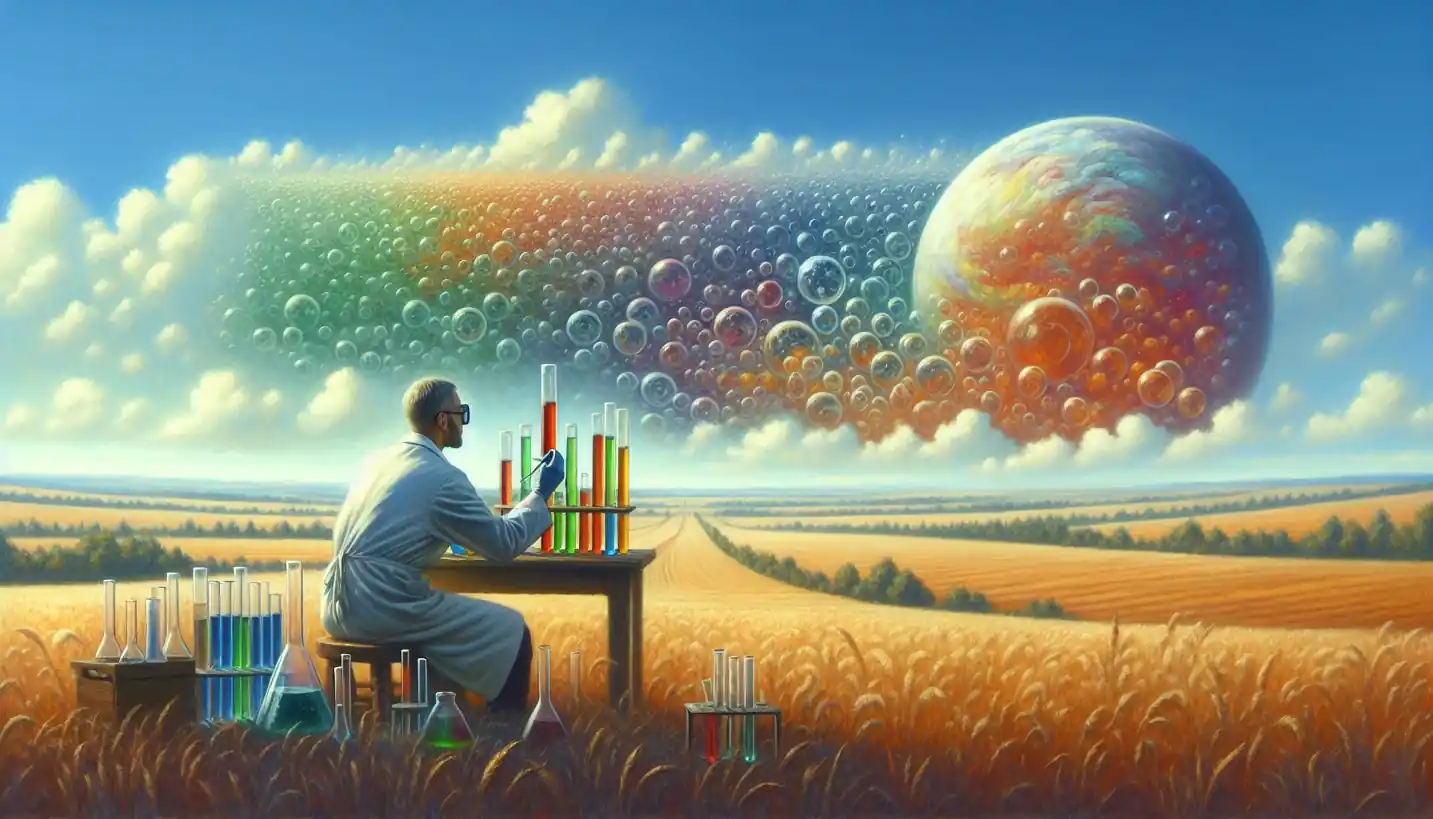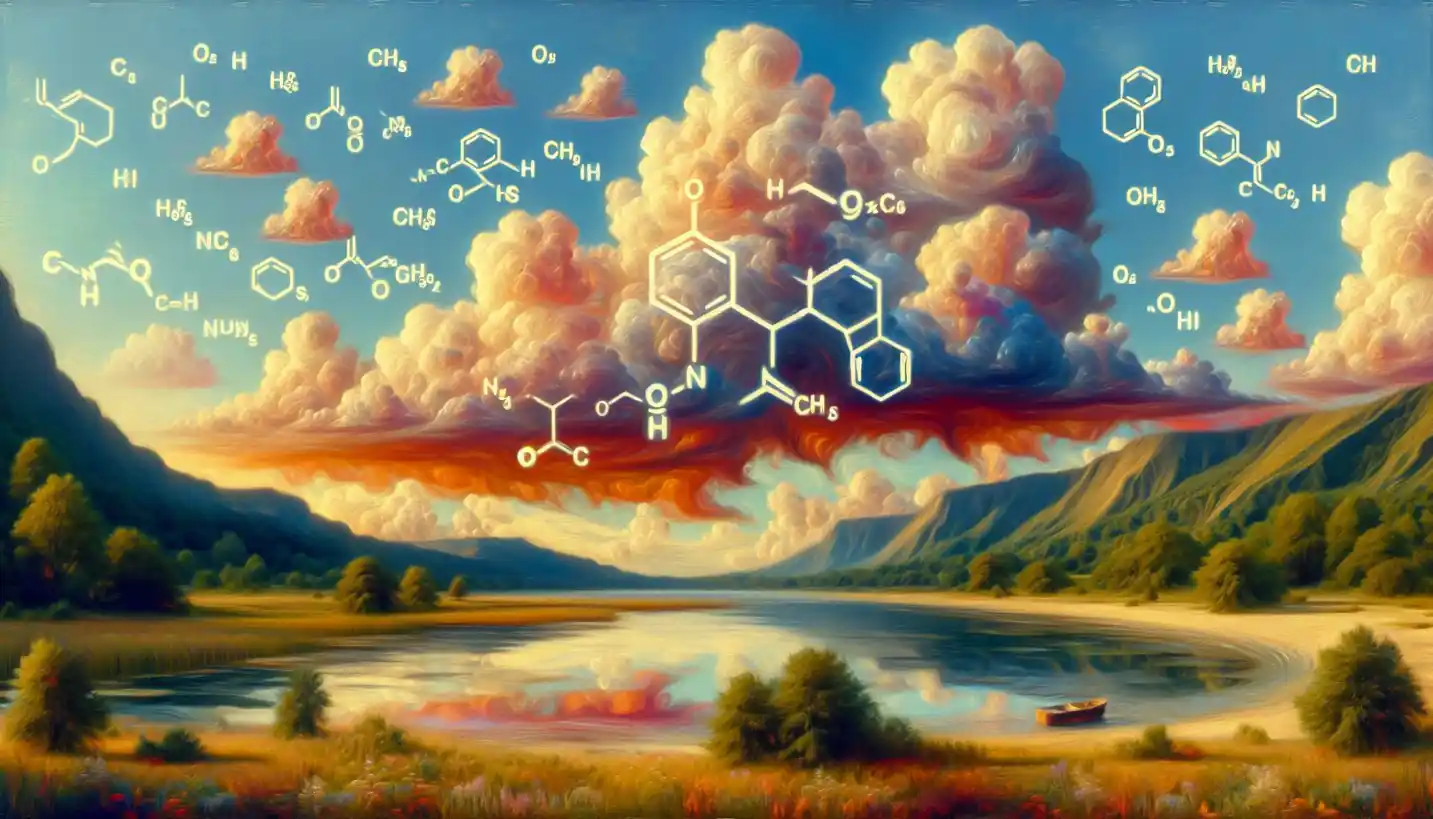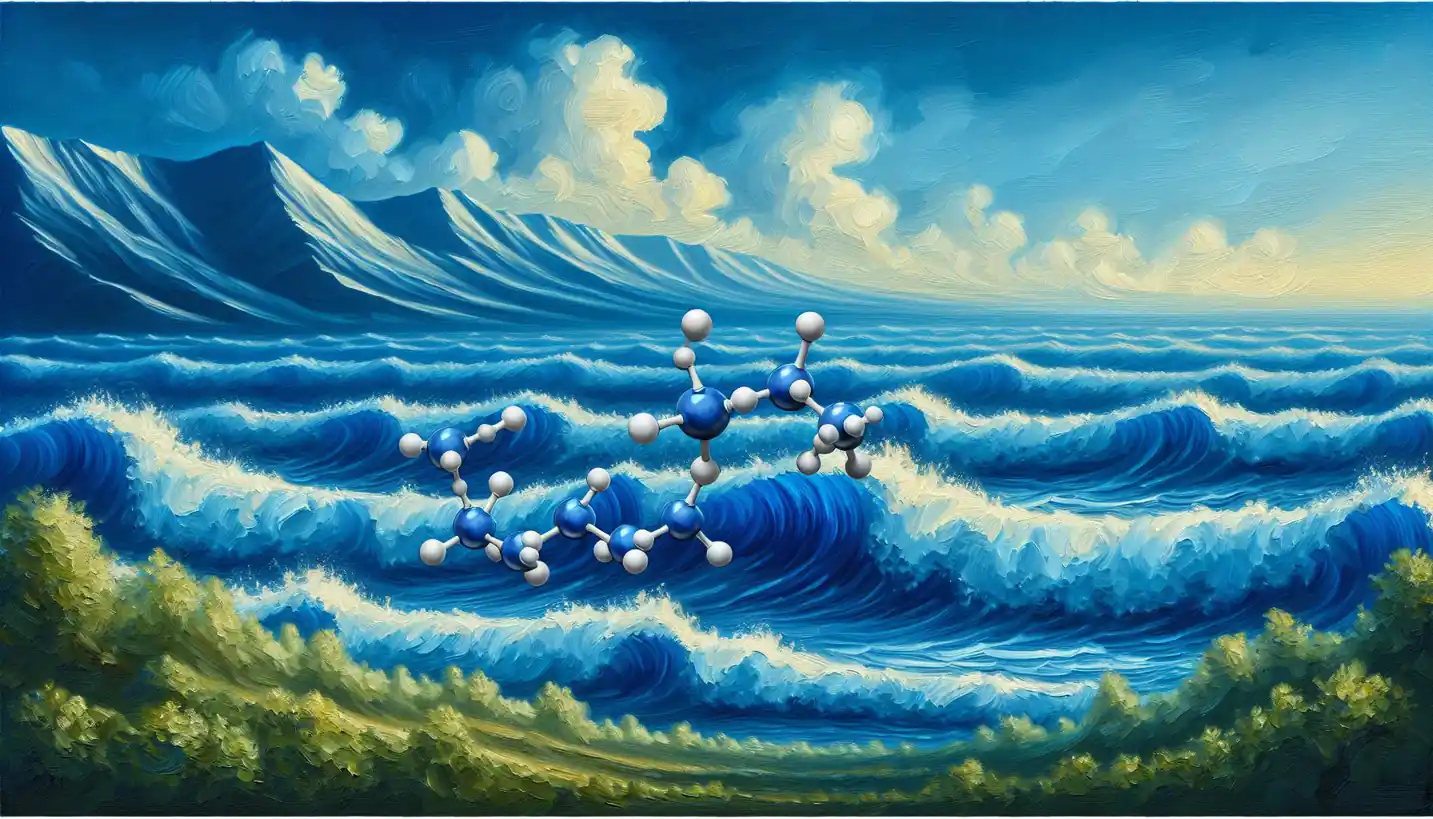· Chemistry · 5 min read
Colloidal Nanocrystals: Unveiling the Tiny Giant in Nanochemistry
Explore the wonders of colloidal nanocrystals, the tiny giants of nanochemistry, that are paving the way for groundbreaking innovations. Discover how these small particles hold massive potential for various applications.
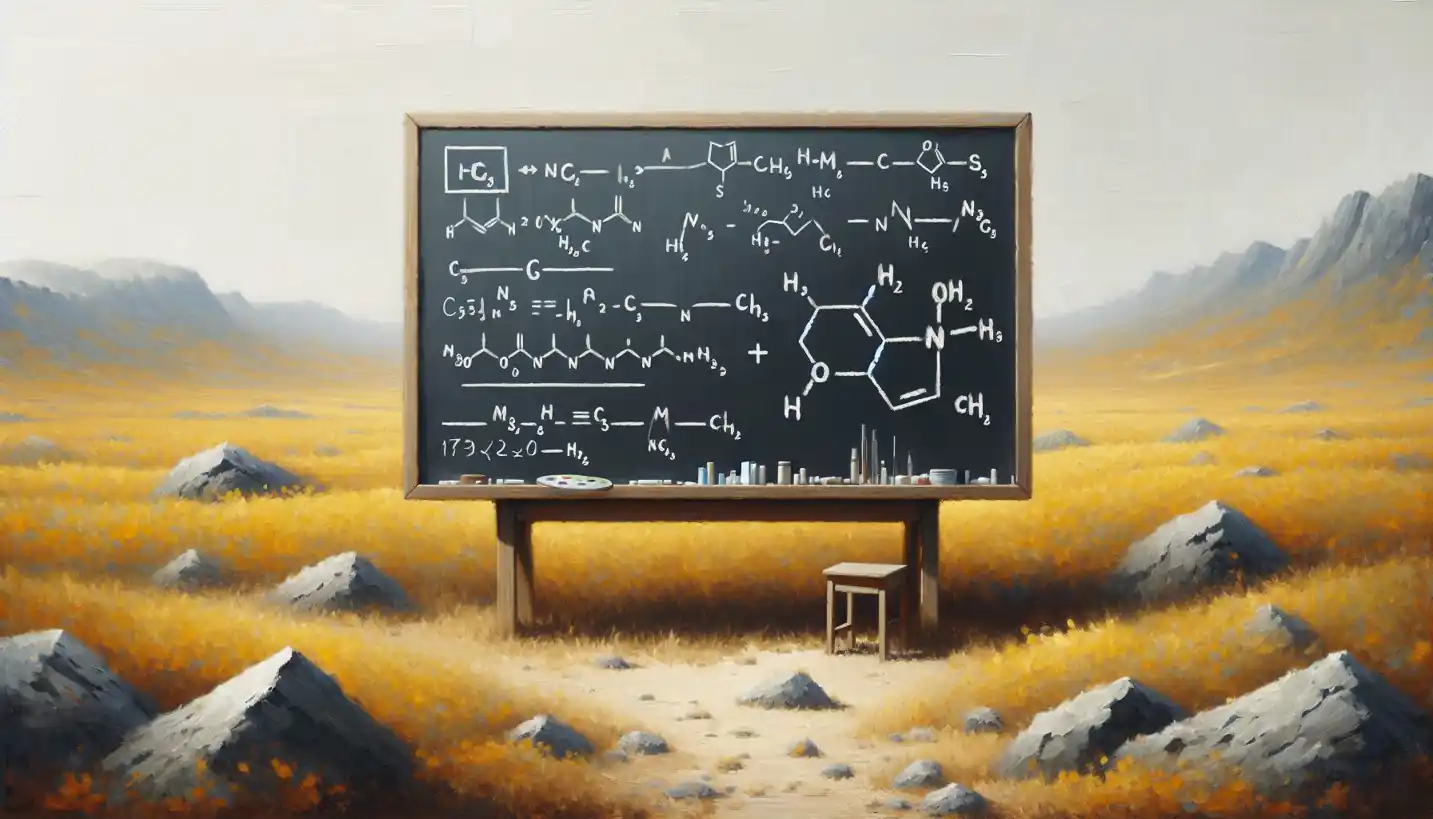
Picture this: You pick up a grain of salt and visualize it shrinking down to a size so tiny that it becomes invisible to the naked eye. That’s where colloidal nanocrystals come into play in the fascinating world of nanochemistry.
What Are Colloidal Nanocrystals?
Colloidal nanocrystals are like tiny superheroes in the realm of chemistry, with their size ranging from just a few nanometers to a couple hundred nanometers. To give you an idea, a nanometer is one-billionth of a meter—much smaller than a strand of your hair.
These itty-bitty crystals are suspended in a liquid, usually forming a stable solution that doesn’t settle or fizz out. Scientists harness these microscopic particles because their small size gives them some rather unique properties that can be tuned and modified just by altering their size, shape, or composition.
The Science Behind Their Power
So, why are these minuscule entities so important? Well, it all boils down to their extraordinary properties. When materials are reduced to the nanoscale, their surface area increases dramatically compared to their volume. This means they have more surface to interact with the surrounding environment, making them highly reactive.
Imagine you’re cooking with a big potato versus diced little cubes of potato. Those cubes will cook faster because there’s more surface area exposed to the heat. Similarly, nanocrystals interact more efficiently with light, chemicals, and electric fields. This gives them unique abilities, like changing color with size—much like a chameleon adapting to its surroundings.
Tuning the Spectrum: Quantum Dots
One of the fascinating types of colloidal nanocrystals is quantum dots. These tiny particles can emit light when stimulated by energy, and remarkably, the color of the light depends on their size. It’s like having a palette of paint that changes shades simply by adjusting the nanocrystal size.
Physicists and chemists are particularly interested in these because they hold promise for revolutionizing everything from display technologies to biomedical imaging. Imagine a TV screen with colors so vibrant you feel like you can touch them, or medical imaging that pinpoints issues with unprecedented accuracy.
The Magic of Synthesis
Creating colloidal nanocrystals is somewhat like baking a cake. You need the right ingredients, conditions, and a bit of technique. The process usually involves dissolving compounds in a solvent and applying heat. Depending on how you tweak the recipe, you can end up with different sizes and shapes, each with its set of properties.
Scientists can control the growth of these crystals very precisely. It’s like nurturing a garden, where different conditions like temperature or pressure can give you flowers of different hues and scents.
Applications That Inspire
The potential uses for colloidal nanocrystals are as vast as they are intriguing. In medicine, they’re explored as drug delivery vehicles. Since they can penetrate some of the body’s natural barriers more efficiently, the hope is that they can deliver medications directly to targeted cells, reducing side effects.
In the field of renewable energy, these tiny particles could boost the efficiency of solar cells. By better capturing sunlight and converting it into electricity, they present promising advancements towards greener energy solutions.
The Future Beckons
As we delve deeper into understanding colloidal nanocrystals, the frontier of nanotechnology expands. Imagine a world where computers run cooler and faster, thanks to efficient heat conductance by nanocrystals. Or where chemical reactions are sped up, leading to faster, more cost-effective manufacturing processes.
While we’ve made significant strides, the journey is far from over. Researchers are seeking ways to make nanocrystal production more sustainable and looking to solve challenges related to their stability and integration into larger systems.
Challenges and Considerations
Despite their promise, working with colloidal nanocrystals isn’t without challenges. One major concern is their environmental impact. These particles are so small that if they’re not properly managed, they could potentially accumulate in ecosystems in unforeseen ways.
There’s also the question of scale. While it’s relatively straightforward to produce colloidal nanocrystals in a lab setting, scaling up production for industrial uses presents a bevy of challenges. Balancing volume with the precision required to maintain their unique properties is an ongoing research focus.
Stimulating Curiosity
The field of nanochemistry is filled with questions just waiting to be explored. How can we further harness the unique optical properties of colloidal nanocrystals? What’s the limit to how we can manipulate their size and composition to unlock new functionalities? And how can we ensure their safe and responsible use?
As you ponder these questions, consider the untapped potential of these tiny particles. Much like the early days of computing or the dawn of the internet, we stand on the brink of discovery, with the promise of innovation shimmering just beyond the horizon.
In wrapping up, let’s appreciate that in the enormous universe of chemistry, sometimes the smallest things can make the biggest impact. Colloidal nanocrystals, with their dazzling spectrum of possibilities, continue to challenge our understanding and inspire our imagination, leading us into a future where the hidden potential within the microscopic becomes the giant leap for technological advancement.
